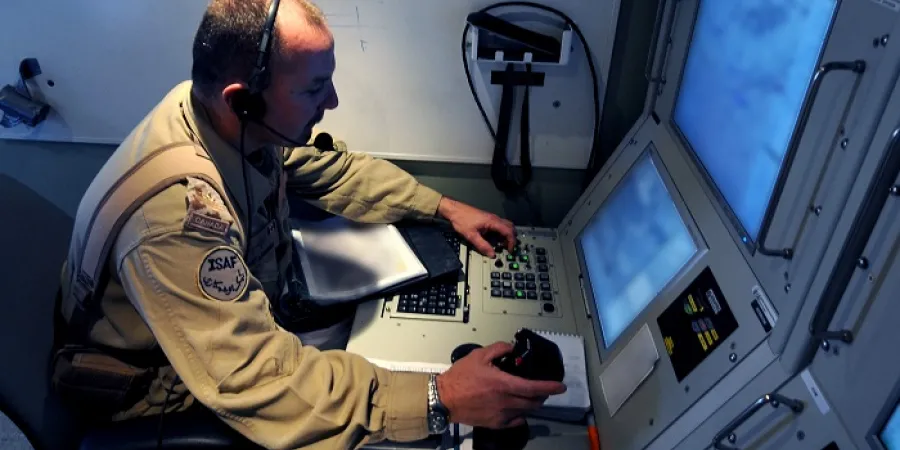Royal Canadian Air Force Seeks Armed MALE UAVs
Initial operational capability is planned for the 2025-2026 fiscal year. The number of UAVs will be sufficient to meet three simultaneous lines of tasking
Ami Rojkes Dombe
| 16/11/2017
The Royal Canadian Air Force’s (RCAF’s) medium-altitude long-endurance unmanned aerial vehicle project has moved into an 'options analysis' phase, IHS Jane's reports. The project’s aim is to provide an integrated persistent long-range, intelligence, surveillance, target acquisition and reconnaissance capability.
The RCAF recently renamed the project to Remotely Piloted Aircraft Systems (RPAS) project, a name that better reflects the way the systems are operated, the Air Force announced. One of the systems the RCAF is currently operating is the IAI Heron UAV.
"The Remotely piloted aircraft will be equipped with a variety of payloads and sensors to detect items of interest in all-weather operations including into Canada’s Arctic, and will be able to assist in a range of missions from persistent surveillance to supporting search and rescue, to combat operations," the RCAF stated in a publication.
Initial operational capability (IOC) is planned for the 2025-2026 fiscal year. The number of RPASs will be sufficient to meet three simultaneous lines of tasking.
"Domestically, the RPAS will provide a strengthened ability for surveillance of the maritime and northern approaches to Canada and support to search and rescue operations. The RPAS will allow the CAF to assist other government departments in support of special security events, such as international summits, aid to the civil authorities – such as response to forest fires or floods – and Assistance to Law Enforcement Agencies operations. Overseas, the RPAS will be capable of detecting, recognizing, identifying, and tracking targets of interest in complex environments and integrate with the systems required to process and fuse the collected information into actionable intelligence," according to the publication.
Initial operational capability is planned for the 2025-2026 fiscal year. The number of UAVs will be sufficient to meet three simultaneous lines of tasking
The Royal Canadian Air Force’s (RCAF’s) medium-altitude long-endurance unmanned aerial vehicle project has moved into an 'options analysis' phase, IHS Jane's reports. The project’s aim is to provide an integrated persistent long-range, intelligence, surveillance, target acquisition and reconnaissance capability.
The RCAF recently renamed the project to Remotely Piloted Aircraft Systems (RPAS) project, a name that better reflects the way the systems are operated, the Air Force announced. One of the systems the RCAF is currently operating is the IAI Heron UAV.
"The Remotely piloted aircraft will be equipped with a variety of payloads and sensors to detect items of interest in all-weather operations including into Canada’s Arctic, and will be able to assist in a range of missions from persistent surveillance to supporting search and rescue, to combat operations," the RCAF stated in a publication.
Initial operational capability (IOC) is planned for the 2025-2026 fiscal year. The number of RPASs will be sufficient to meet three simultaneous lines of tasking.
"Domestically, the RPAS will provide a strengthened ability for surveillance of the maritime and northern approaches to Canada and support to search and rescue operations. The RPAS will allow the CAF to assist other government departments in support of special security events, such as international summits, aid to the civil authorities – such as response to forest fires or floods – and Assistance to Law Enforcement Agencies operations. Overseas, the RPAS will be capable of detecting, recognizing, identifying, and tracking targets of interest in complex environments and integrate with the systems required to process and fuse the collected information into actionable intelligence," according to the publication.



